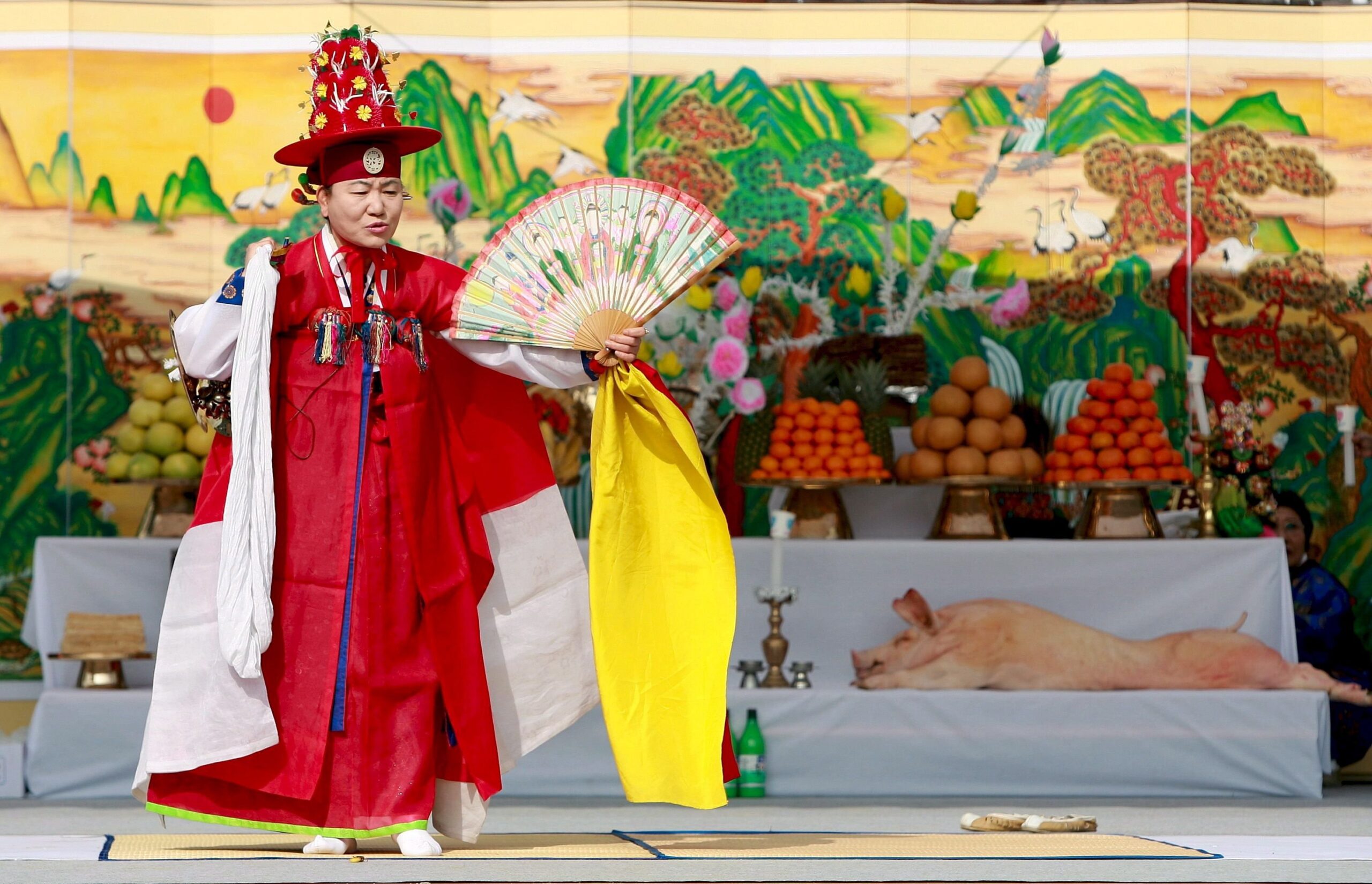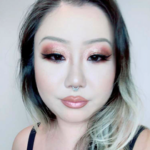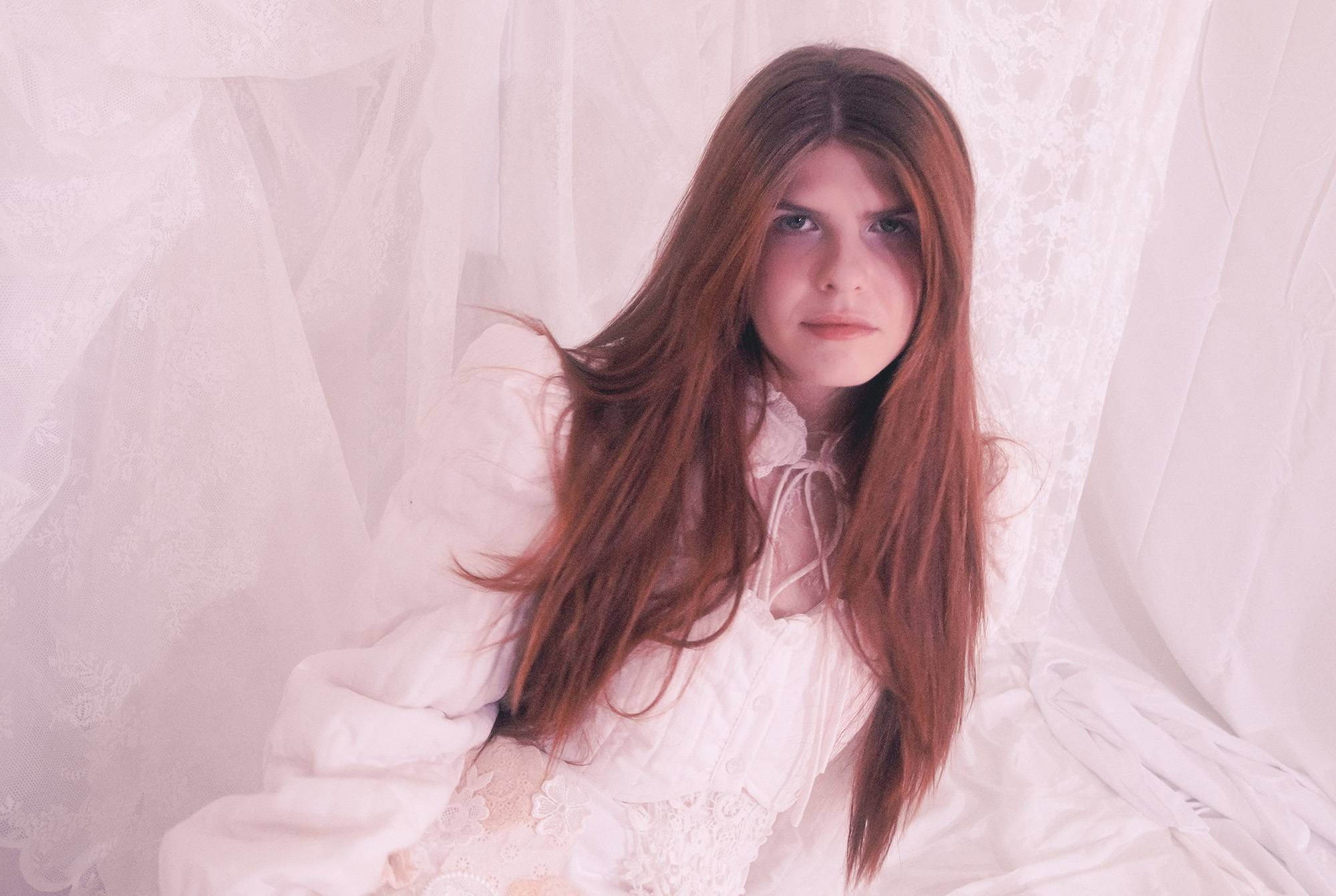CULTURE
The Real-Life Magic of “Lovecraft Country”: Interview with a Korean Shaman
07 Oct, 20

South Korean Female Shaman
Photo by Jeon Heon-Kyun, Shutterstock
HBO’s Lovecraft Country recently introduced mainstream America to a witchy Korean character called a “mudang.”
This is not fiction, however; mudang is a real title given to real spiritual practitioners who are in high-demand in South Korea and the Korean diaspora community. The mudang depicted in Lovecraft Country is a pale comparison to real-life mudangs today. Who knows if the producers of the show even knew that mudangs were real (although plenty of people in Hollywood are aware, and some are even starting to consult with mudangs like Jennifer)?
The first time I saw a real-life Korean shaman, I was in a poor mountain town near Sejong, South Korea.
I had only been in Korea for about a month when my co-worker, who’s a Korean-Korean (ethnic Koreans who were born and raised in Korea, whom I affectionately called “Ko-Kos), casually mentioned, “My mom is going to a mudang 무당. Do you want to come with us?”
Unlike the glitz of Seoul, the capital of South Korea, much of the rest of Korea looks like it’s still in the 1970s—rural roads and dingy, one-story homes guarded by a Jindo dog who is never allowed inside the house.
And yet, the mountains are beautiful. South Korea is roughly the size of the state of Tennessee but is around 70% mountain. In the spring, the trees are filled with sparrows and juicy blossoms. In the fall, the trees turn scarlet and gold. And at night, the ghosts of this war-torn and traumatized country roam free.
I went into a room inside an old house with sliding doors covered in rice-paper. Already inside were several families who came to get their yearly fortunes and blessings from a solidly built woman. She might have been 50 years old–or 80. But the way she jumped around during the ritual was that of a wild, ageless spirit.
The most famous Korean mudang, Kim Keum-hwawww.youtube.com
Another video of Mudang Kim Keum-hwawww.youtube.com
At the end of the ritual, I left with a pocket-full of raw chestnuts and a deep curiosity about mudangs. When I came back to America, the divine hand of fate stepped in and I met Jennifer Kim, a well-known Korean-American mudang based near New York City.
@hichaweon ##duet with @shamanmudang ##무당 ##교포 ##mudang ##shamanism ##shaman ##korean ##korea ##koreanamerican♬ Wait a Minute! – Willow
Below is a condensed transcript of a lengthy podcast interview I did with Jennifer, whose mudang name is “Sinsu Bosal” 신수보살. Pro tip: In Korean culture, it is polite to call people by their job title, so if we were doing this straight-up Korean style, I would call her Bosal-nim 보살님 (the “nim” at the end is an honorific, like calling her “Madame”).
Chaweon Koo: Who is a mudang?Jennifer Kim: A mudang is a shaman who requires initiation into a lineage with an elder, learning how to work with the spirits for the community and greater good. Proper training takes years and the path is a lifelong dedication.CK: Is that a mudang at the end of episode 6 of “Lovecraft Country”?JK: At first glance, just looking at her clothing, it’s not a proper depiction of a mudang. It was a horrible depiction of a mudang, very bland and a bit offensive…When visiting a mudang, its is often in their personal sacred space, like their shrine or in their altar room, usually adorned with the five colors of our shamanism (red, blue, yellow, white, green or black) which is symbolic for the deity guardians or each direction, and the general warlords. The mudang [in the show] is also missing their tools of the bell rattle and fan.
Korean shaman ritualyoutu.be
Korean shamanism is called Mugyo 무교 and is Korea’s indigenous folk practice. Until the fourth century CE, Mugyo was practiced by all walks of society, including the ruling class. And then the religion of Buddhism, the social philosophy of Confucianism at the time, came in from China. After the ruling elite adopted both into deeply patriarchal social structures, mudangs became relegated to the lowest rung of society.
CK: What is the history of mudangs?JK:If we go far back into Korea’s history, it is said that mudangs come from a royal lineage, referring to Dangun, the founder of Gojoseon (modern-day Manchuria). Danggun is the grandson of the Hwanin “god of the Heavens” and was birthed from a bear woman, Ungnyeo. Korean shamanism is rooted and derived from Siberian and Mongolian shamanism, and shamanism flourished until the import of Buddhism in the 4th century. After that, shamanism was attacked. Mudangs throughout history have been oppressed, especially during the Japanese Occupation (1910-1945). There were many efforts to eradicate our indigenous beliefs because [they] was seen as “inferior [though mudangs were vanguards of protecting Korean traditional arts in the 1920s, despite both Japanese and Nipponized Koreans’ attempts to suppress them].”
Japan’s annexation of Korea started before 1910, and the effects are felt today in the current, fractious relationship between the two countries. One of the many atrocities Japan committed in Korea before World War II: They drove spikes through holy sites on Korean mountains to “break” the mountain spirits.
@hichaweon ##bellapoarch apologized for this tattoo (which is like an Asian version of Nazi swastika) ##japan ##korea ##ww2 inspired by @youngqim ‘s post♬ The Banjo Beat, Pt. 1 – Ricky Desktop
JK: Also, the rise of Christianity certainly has not been helpful to the already marginalized and oppressed mudangs, demonizing our roots. But some of the most devastating blows to mudangs occurred during the 1970s and 1980s, with President Park Chung Hee’s movement towards rapid modernization. Many shrines and sacred places were destroyed.
In fact, Christianity and the relentless march towards Westernization were a joint force against mudangs. Christian missionaries were staunch supporters of (Christian) Korean independence against (heathen) Japanese colonizers, and they also founded many of the universities. The political and economic ruling class of Korea were educated by the missionaries. This Christian indoctrination was cemented by the Korean diaspora, who often view church as the center of their communities when living abroad.
But even though Christianity is stronger than ever in Korea, there is also a growing movement to reclaim indigenous Korean culture, which has normalized the role of mudangs in Korean society.
JK: Nowadays, mudangs are working to combine our ancient practices, while living in cities like Seoul. Mudangs have become part of pop culture with many TV programs that are dedicated to mudangs, along with the exploding popularity of Twitch and other platforms that [allow] the mudang to connect with others through social media, especially attracting politicians who seek mudangs to forecast their future outcomes.
Korean shamans enraged by ‘female Rasputin’ scandalwww.youtube.com
JK: Our rituals and kut 굿 ceremonies are advancing and changing, with younger mudangs digitizing through live streaming kut ceremonies and calling [them] a “net-kut”.
In fact, Mukgyo is experiencing a type of renaissance in South Korea, thanks to social media. Korea is amongst the most Internet-connected countries in the world and a leader in utilizing the Internet (especially livestreams) for marketing purposes.
A young mudangyoutu.be
Another young mudangwww.youtube.com
Arang and the magistrate episode 1 (Mudang scene starts at 36:46 but this is a fun K-drama series to watch)www.youtube.com
CK: Who can be a mudang?JK: Korean shamanism was known as a woman religion or woman beliefs (probably due to Confucian influence). Historically, mudangs are mostly female, with a small percentage of male shamans called baksu mudang (nowadays there are many baksu mudangs). Korean shamanism is a closed tradition, and most practitioners are of Korean ancestry, but there are a handful of initiated non-Korean mudangs.
Mudang ritualyoutu.be
CK: How do you know if you’re a mudang?JK: It requires consultation with an experienced mudang to determine if you are chosen by the spirits, and options are discussed.One of the clearest signs is to have sin-byeong which is literally translated as “god sickness,” referring to [a] shamanic illness or divine illness inflicted due to spirit, gods and ancestors. Each person is affected differently; some would have severe health issues, or different types of mental psychosis and breakdowns. If ancestors are involved, then often the family has been riddled with misfortunes and bad luck that defy logic and explanation.For me, it took decades and years to finally understand what was happening to me. My partner was scared and wanted to admit me into the hospital, while the Catholic side of my family wanted to hold an exorcism with a special priest. It’s been a real struggle, being a diaspora disconnected from our traditions and roots. But now I am living it.
@shamanmudang ##koreanshaman ##mudang ##shaman ##spirituality ##witchtok ##koreanculture ##gods ##healer ##indigenous ##sacred ##healer♬ original sound – Mudang Jennifer
CK: What do you have to do to become a mudang?JK: Every lineage and teacher works differently. Some would require years of apprenticeship before you are allowed to be taken into the lineage as a spirit child. Others don’t really require much other than having the financial funds to sponsor an initiation ceremony.Every potential mudang must undergo a three day initiation ceremony, but that doesn’t mean every person that undergoes the initiation becomes a mudang. Being in contact and touched by the gods, spirit, and ancestor is important but that alone isn’t enough. The real strength and ability is if the mudang can conduct the ceremony properly to provide the desired outcomes and effects.
11-year-old girl getting initiatedwww.youtube.com
CK: What sort of “powers” do mudangs have after initiation?JK: It’s very different for each mudang.Some may have already had the ability to foresee and perform divination before initiation. Others may not have had that ability until the initiation ceremony and the “gods door” and “mouth door” becomes activated. But just because those doors are activated doesn’t mean the mudang has access to that spiritual energy and force. They have to do a lot of personal work to grow [their] spiritual energy to have the ability to access, control and maintain it.[Different gods offer the mudang different skills]…like having a scholar deity will help with writing talisman and amulets to help ward off evil or bring in fortune. Others, it’s possible their ability to perform divination is stronger [when] using the gods to lead a session, or [others may discover their abilities to tap] into the medicine spirit to help heal others through medicine and energy working. Some may have musical gifts unlocked through the initiation, using the spirits’ energy.
Korean Shaman (무당) – Possession by the Spirit of Changunwww.youtube.com
CK: What are mudangs commonly called upon to do?JK: People reach out mostly for divination (called jeum 점) to inquire about self, family, love, money and business (especially at the beginning of a new year). Business owners commission a kut ceremony to achieve luck and prosperity or to hold a gosa blessing ritual for the land and house spirits. A lot of those in the Korean diaspora reach out to connect to their roots and ancestors.But in other cases, people reach out when they’ve run out of options. When people face constant unfortunate events and misfortunes, they believe they are cursed or afflicted by spirit, especially if it’s been accompanied by weird or disturbing dreams.
Korean shaman (MUDANG) tells you about your future!! / 외국인 무당 신점 체험기youtu.be
@shamanmudang Chuseok Autumn Eve Full Moon Offerings ##koreanshaman ##folkmagic ##altar ##spirituality ##shamanmudang ##witchtok ##folkmagic ##ancestors ##deities ##animist♬ She Share Story (for Vlog) – 夕依
Not even a generation ago, being a mudang was considered so shameful in South Korea that people would use it as the worst-case-scenario hypothetical (“at least your daughter didn’t become a mudang”), but now mudangs are setting up shop everywhere, both in Korea and abroad. The floodgates have opened, leading to both positive and dynamic cultural exchange…but also to negative cultural appropriation.
As Americans reckon with their traumatic history towards BIPOC, Koreans are also working through their han.
5 examples of Korean “han” in pop cultureyoutu.be
About a year ago, Jennifer gave me a reading using shamanic flags. She told me that, if I wanted to, I could be a mudang (the path is open to me, but not mandatory). And I think back to the midnight bus rides in Seoul, going across town to get to a special park on the Eastern edges of the city. I was just starting to study magick and witchcraft in earnest and did many spells and rituals in that park.
The trees swayed, branches rustling, leaves trembling, the same way they did when I went to that mountain town to see my first mudang. The soil, the sky, the rocks—mudangs see spirit everywhere in nature. And on those nights, I could feel the spirit of the land beckoning to me.
This park had a bunch of hyper-modern tennis courts and baseball batting cages, but what interested me most was that it was also a public cemetery, holding the bodies of Korean Independence Activists from a century ago who lost their lives during the Japanese Occupation. During the day, people would walk their dogs next to fields of what looked like random, waist-level mounds, but what were actually the graves of these Korean patriots, who had endured torture and attempted erasure from their colonizers.
I didn’t realize it at that time, but I was calling upon my ancestors, the ancestors of the land. This is deeply healing work anyone can do.
110. Honoring Your Ancestors – Interview with Mallorie Vaudoiseyoutu.be
For those of the Korean diaspora, including Korean adoptees, working with ancestors can be deeply healing. It’s a reclamation of pre-colonized Korea, before Westernization, the Korean War, Japanese Occupation, or Buddhist hegemony.We just need to walk up to the peak of the mountain, to the tops of our hearts, and pull back the veil.














